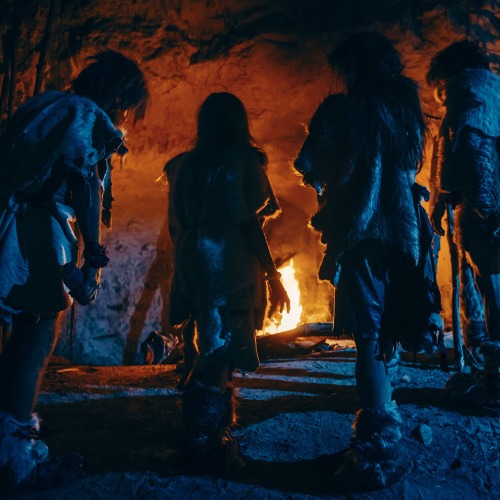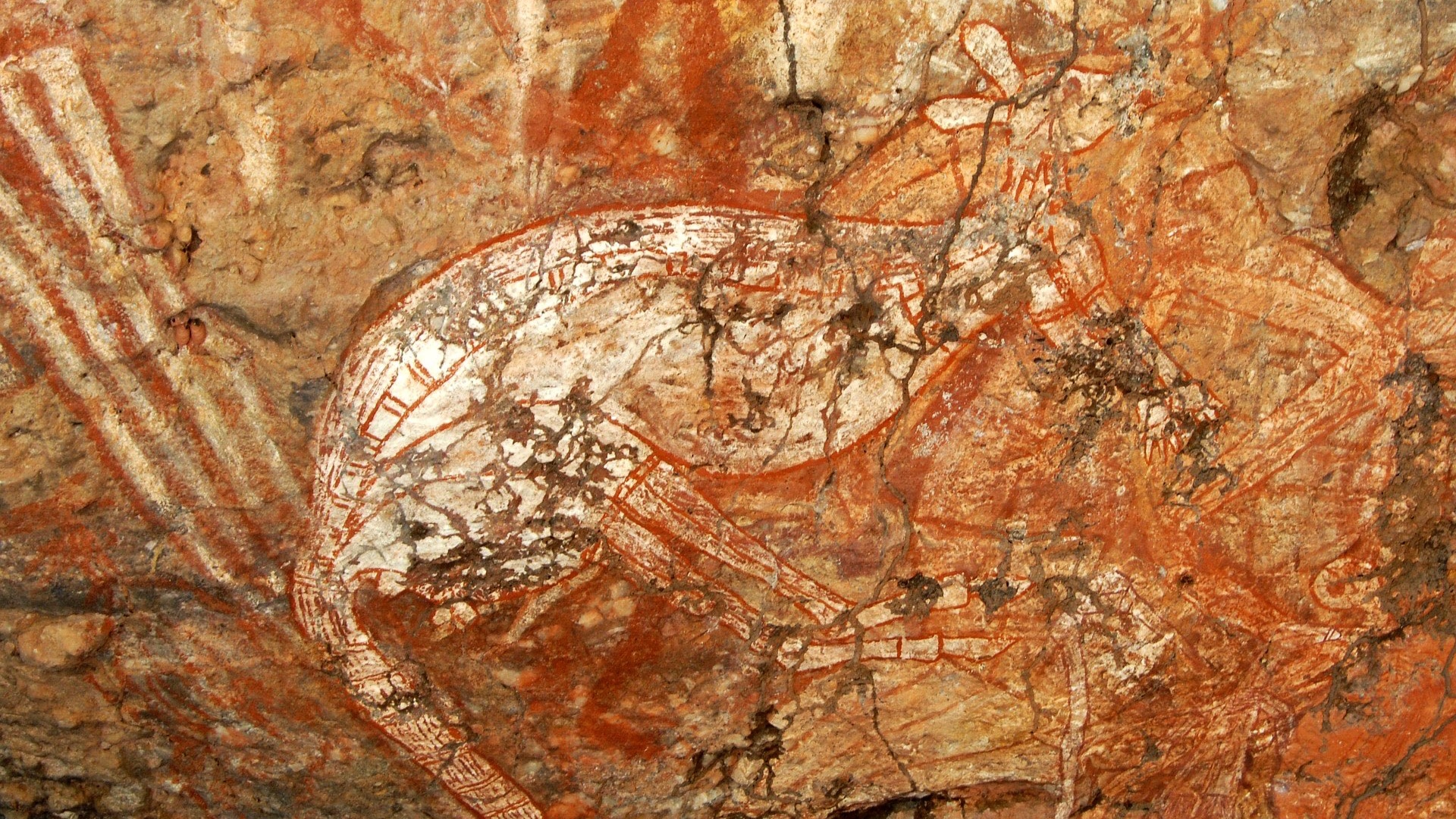
Paleolithic Diets
Our epidemics of dietary disease have prompted a great deal of research into what humans are meant to eat for optimal health. In 1985, an influential article was published, proposing that our chronic diseases stem from a disconnect between what our bodies evolved eating during the Stone Age, or the Paleolithic period, during the last two million years and what now makes up our diet, and advocating for a return towards a hunter-gatherer type of diet of lean meat, fruits, vegetables, and nuts, also known as the so-called Paleo Diet.
It might be reasonable to assume our nutritional requirements were established in the past, but why the Paleolithic period? Why only the last two million years of human evolution?
We have been evolving for millions of years since we split off from our last common great ape ancestor, during which time our nutrient requirements and digestive physiology were relatively set and likely little affected by our hunter-gatherer days at the tail end. So what were we eating for the first 90 percent of our time on Earth? What the rest of the Great Apes were eating: more than 95 percent plants. Indeed, for the vast majority of our evolution, it appears we, like our Great Ape cousins, ate primarily leaves, stems, and shoots (in other words, vegetables), and fruit, seeds, and nuts.
In modern times, populations where many of our deadliest diseases were practically unknown, such as rural China and rural Africa, were reportedly eating huge amounts of whole plant foods, up to 100 grams of fiber every day, which is what researchers have estimated our Paleolithic ancestors were getting based on dietary analyses of modern-day primitive hunter-gatherer tribes and by analyzing coprolites, human fossilized feces. (Yes, we’re talking about paleopoop.) In contrast, today in the United States, we tend to get fewer than 20 grams of daily fiber, which is about half the minimum recommended intake and only one-fifth the amount of rural Chinese and Africans, and our Paleolithic ancestors.
Advocates of the Paleo diet are certainly right in railing against the consumption of dairy and refined, processed junk, as well as encouraging high fruit, nut, and vegetable intake, but do they fail in promoting excess meat-eating, particularly products that bear little resemblance to the flesh of prehistoric wild animals? A review published in Meat Science, for example, catalogued the laundry list of contaminants, including arsenic, mercury, lead, cadmium, and veterinary drugs such as antibiotic residues.
What about following a Paleo-type diet and exercising? In one study, young, healthy subjects were put on a Paleolithic diet along with a Crossfit-based, high-intensity circuit training exercise program. As has been shown with exercise, stomach-stapling surgery—and tuberculosis and chemotherapy, for that matter—losing weight typically causes a drop in cholesterol levels no matter the diet. Researchers found the opposite in this case: After ten weeks of a Paleo diet with hard-core workouts and weight loss, participants’ LDL (bad) cholesterol levels rose and did so more dramatically in those who started the study the healthiest. Exercise is supposed to improve health and well-being, not compromise it.
There have been some studies published in the last two decades that have shown health benefits of Paleo-type diets, but questions have been raised regarding their methodology. For example, some were conducted without a control group, for an extremely short duration, with very few participants, or on pigs instead of humans.
For substantiation of any statements of fact from the peer-reviewed medical literature, please see the associated videos below.
Popular Videos for Paleolithic Diets


What’s the “Natural” Human Diet?
What can our nutrient requirements, metabolism, and physiology tell us about what we should be...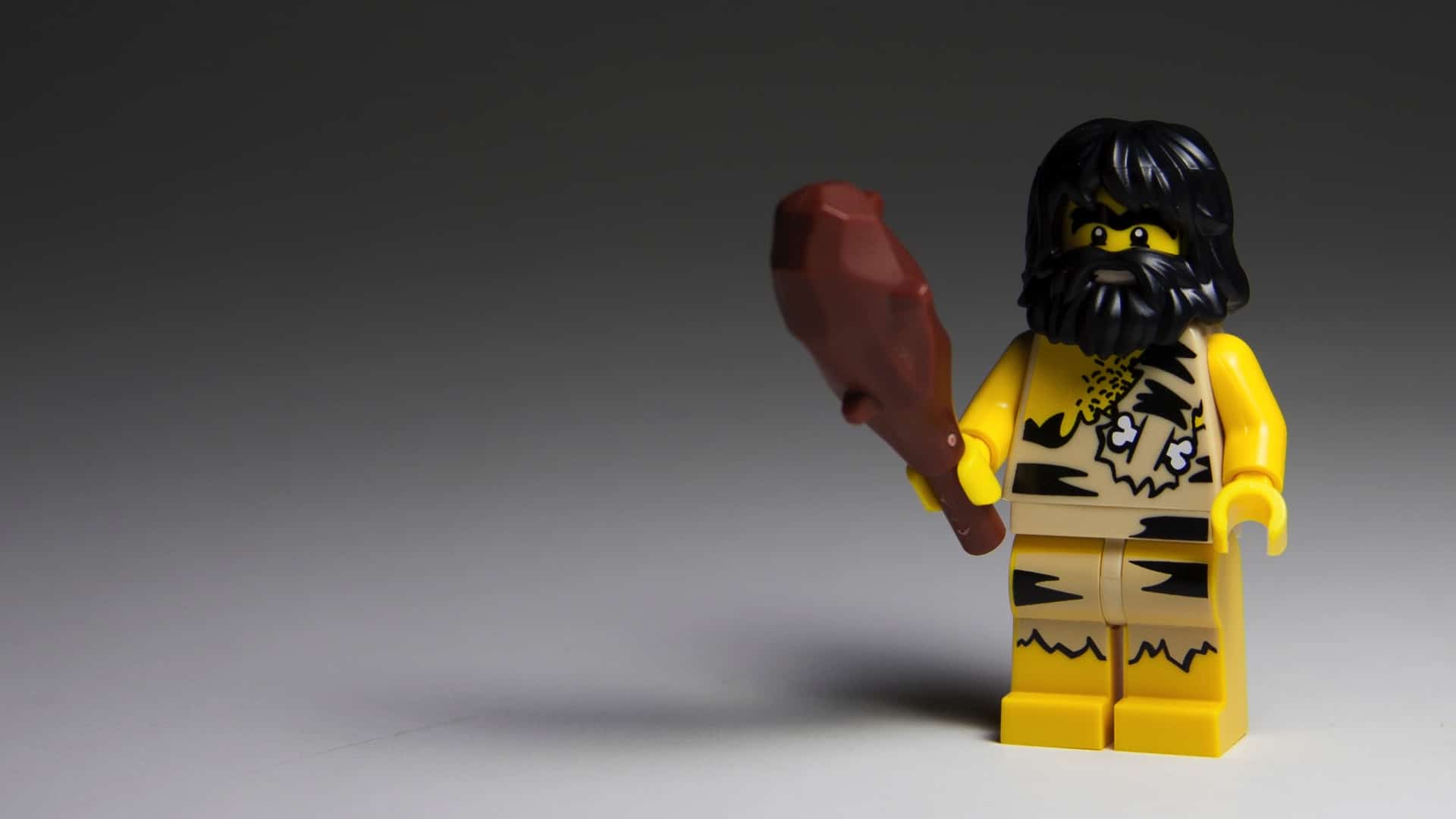
The Problem with the Paleo Diet Argument
The Paleolithic period represents just the last two million years of human evolution. What did...
Paleo Diets May Negate Benefits of Exercise
The deleterious effects of a Paleolithic diet appear to undermine the positive effects of a...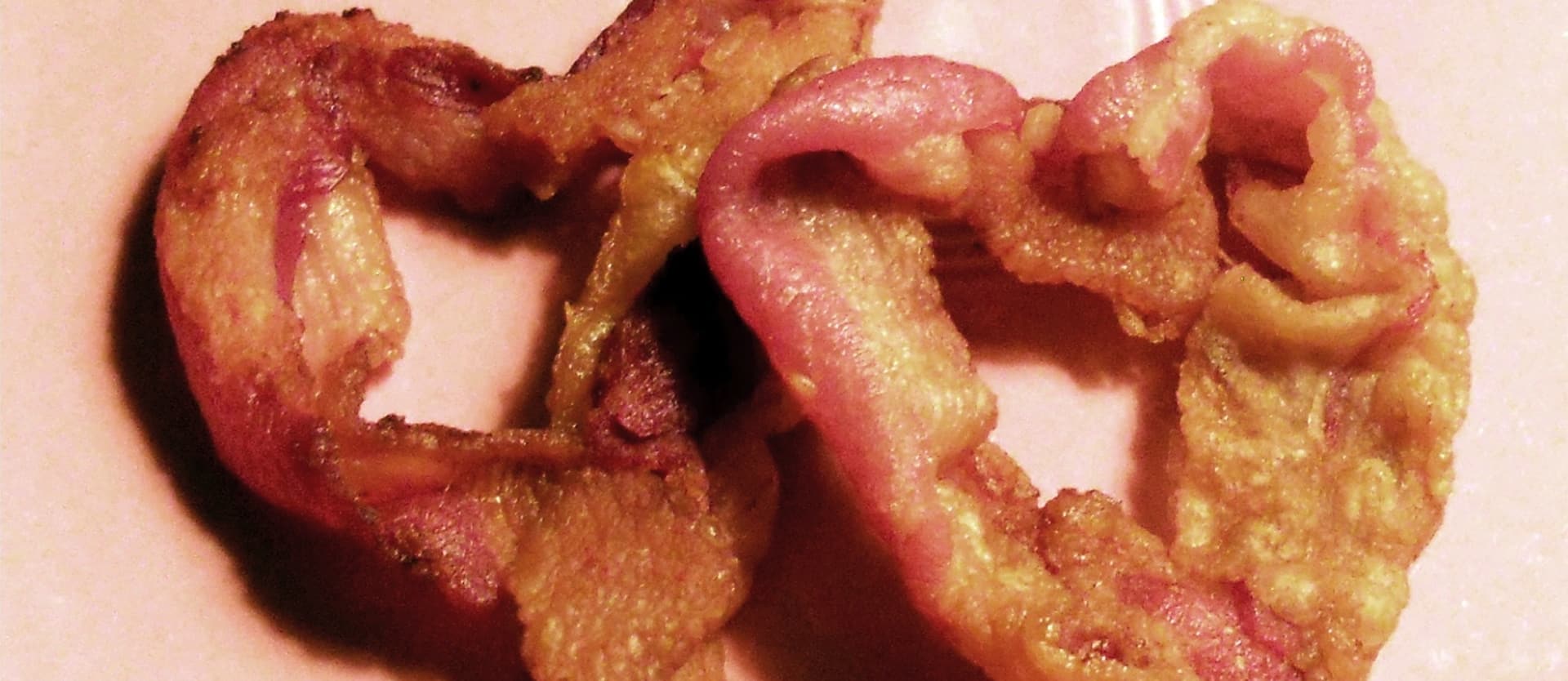
Low-Carb Diets and Coronary Blood Flow
Blood flow within the hearts of those eating low-carb diets was compared to those eating...
Paleolithic Lessons
An evolutionary argument for a plant-based diet is presented, in contrast to "Paleo" fad diets.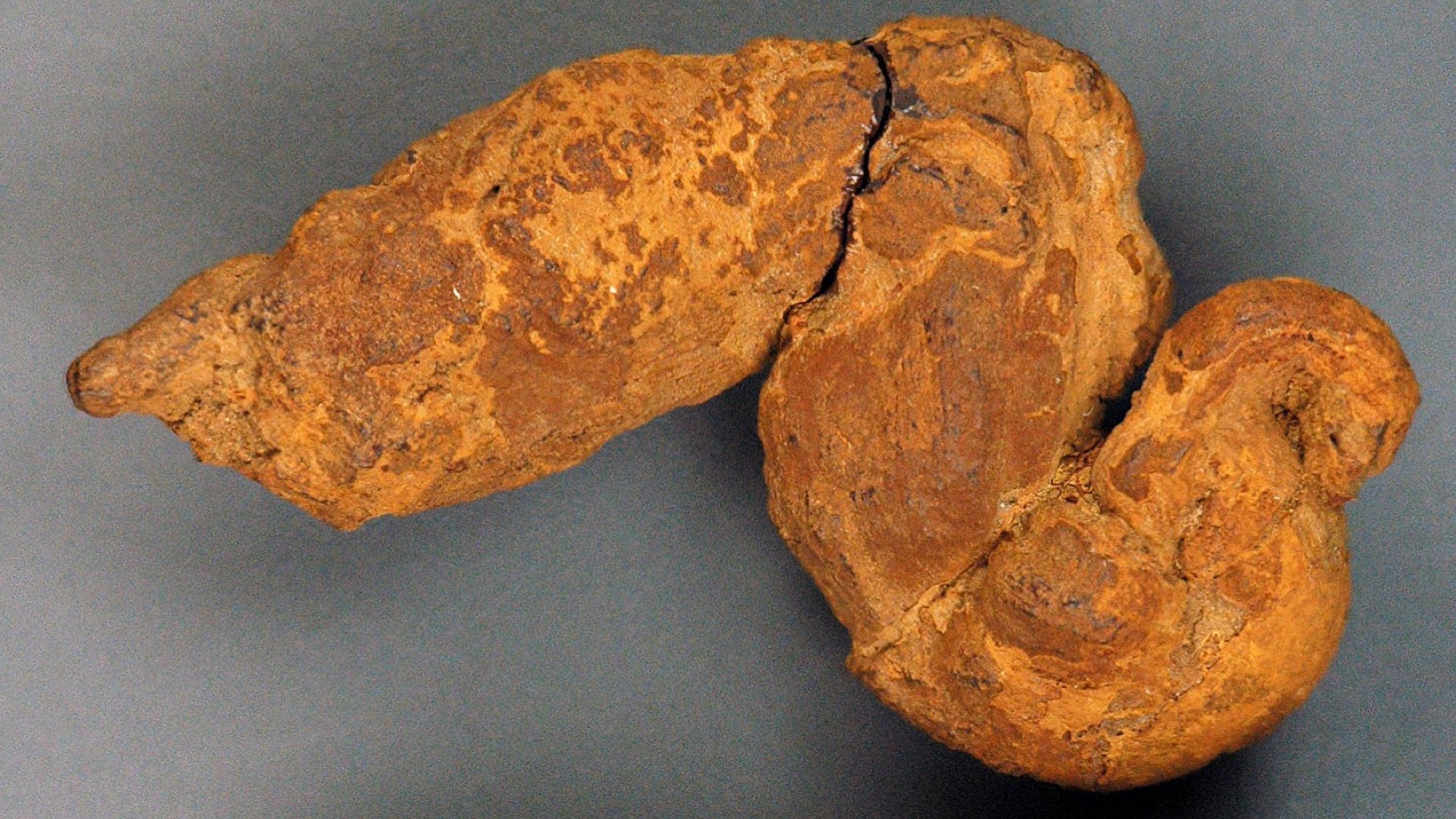
Paleopoo: What We Can Learn from Fossilized Feces
Ancient dietary practices based on analyzing the fiber content of fossilized human waste can give...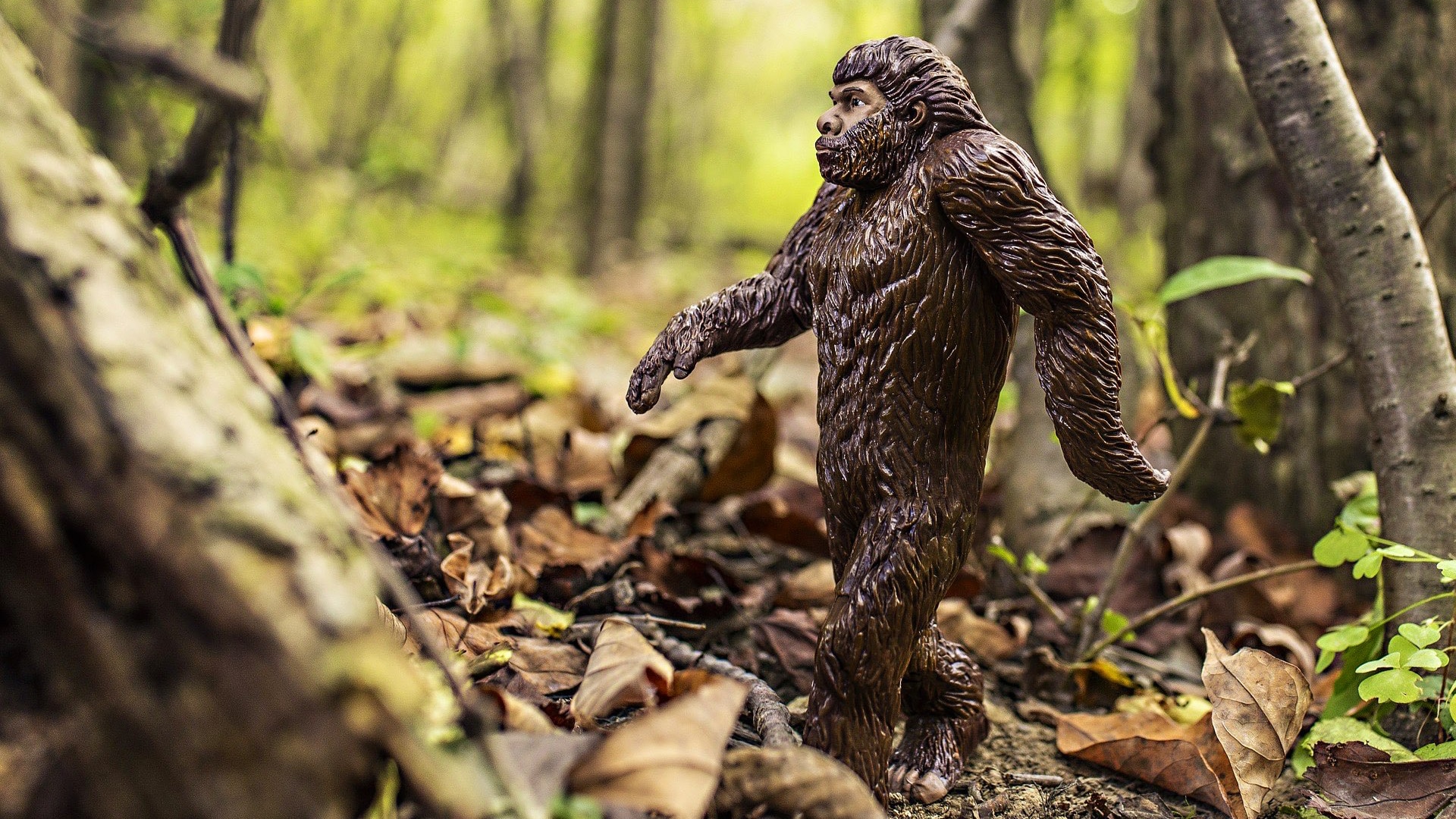
Lose Two Pounds in One Sitting: Taking the Mioscenic Route
Our physiology evolved for millions of years eating a plant-based diet. What would happen if...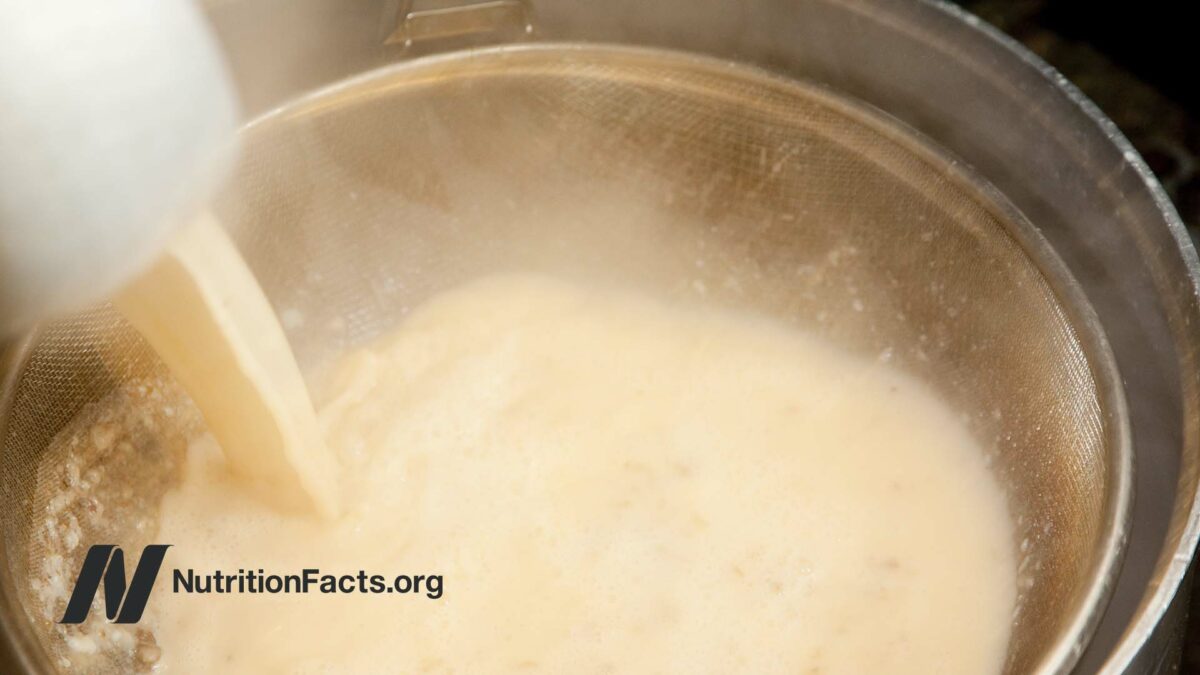
Lead Contamination in Bone Broth
Organic chicken broth is popular with paleo diet advocates, but do tests indicate the presence...All Videos for Paleolithic Diets
-

Diet for Hypothyroidism: A Natural Treatment for Hashimoto’s Disease
What were the results of a randomized, double-blind, placebo-controlled trial of a half teaspoon of powdered black cumin a day in Hashimoto’s (autoimmune thyroiditis) patients?
-

Cut the Calorie-Rich-And-Processed Foods
We have an uncanny ability to pick out the subtle distinctions in calorie density of foods, but only within the natural range.
-

Evidence-Based Weight Loss – Live Presentation
In this live presentation, Dr. Greger offers a sneak peek into his book How Not to Diet.
-

How Much Lead Is in Organic Chicken Soup (Bone Broth)?
Let’s review lead from occupational exposures, shooting ranges, eggs, and bone broth.
-

Paleo Diet Studies Show Benefits
What happens when Paleolithic-type diets are put to the test?
-

What’s the “Natural” Human Diet?
What can our nutrient requirements, metabolism, and physiology tell us about what we should be eating?
-

The Great Protein Fiasco
The field of nutrition got human protein requirements spectacularly wrong, leading to a massive recalculation.
-

Lose Two Pounds in One Sitting: Taking the Mioscenic Route
Our physiology evolved for millions of years eating a plant-based diet. What would happen if researchers tried to recreate our ancestral diet in the lab?
-

Lead Contamination in Bone Broth
Organic chicken broth is popular with paleo diet advocates, but do tests indicate the presence of the toxic heavy metal lead?
-

Paleopoo: What We Can Learn from Fossilized Feces
Ancient dietary practices based on analyzing the fiber content of fossilized human waste can give us insights for combating the modern obesity epidemic.
-

Does Fiber Really Prevent Diverticulosis?
The parable of the tiny parachute explains the study that found no relationship between dietary fiber intake and diverticulosis.
-

The Problem with the Paleo Diet Argument
The Paleolithic period represents just the last two million years of human evolution. What did our bodies evolve to eat during the first 90% of our time on Earth?
-

Paleo Diets May Negate Benefits of Exercise
The deleterious effects of a Paleolithic diet appear to undermine the positive effects of a Crossfit-based high-intensity circuit training exercise program.
-

Low-Carb Diets and Coronary Blood Flow
Blood flow within the hearts of those eating low-carb diets was compared to those eating plant-based diets.
-

Flesh and Fructose
Meat and sugar increase uric acid levels, which are associated with increased risk of gout, hypertension (high blood pressure), obesity, prediabetes, diabetes, kidney disease and cardiovascular disease.
-

Miocene Meteorites and Uric Acid
Human beings lost the ability to detoxify uric acid millions of years ago. What implications does this have for our health today?
-

Paleolithic Lessons
An evolutionary argument for a plant-based diet is presented, in contrast to “Paleo” fad diets.
-

Relieving Yourself of Excess Estrogen
Women eating vegetarian may have lower breast cancer rates because they have larger bowel movements.
